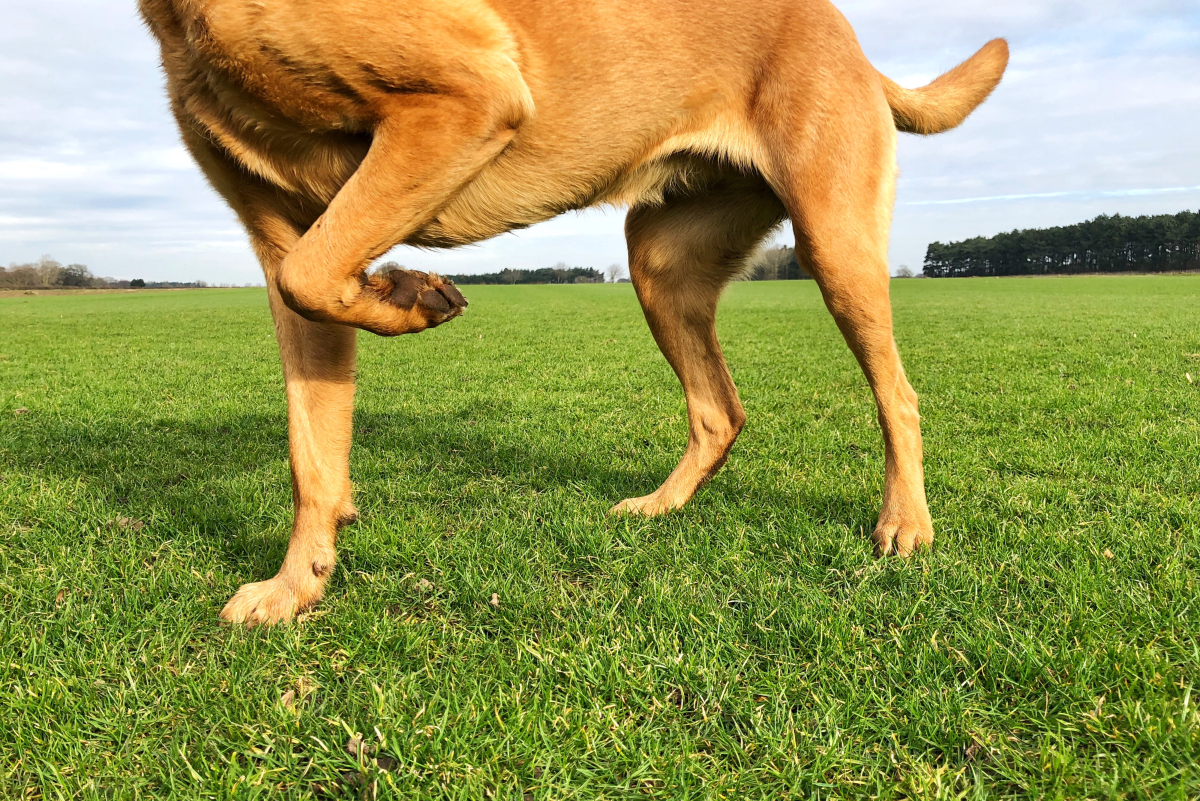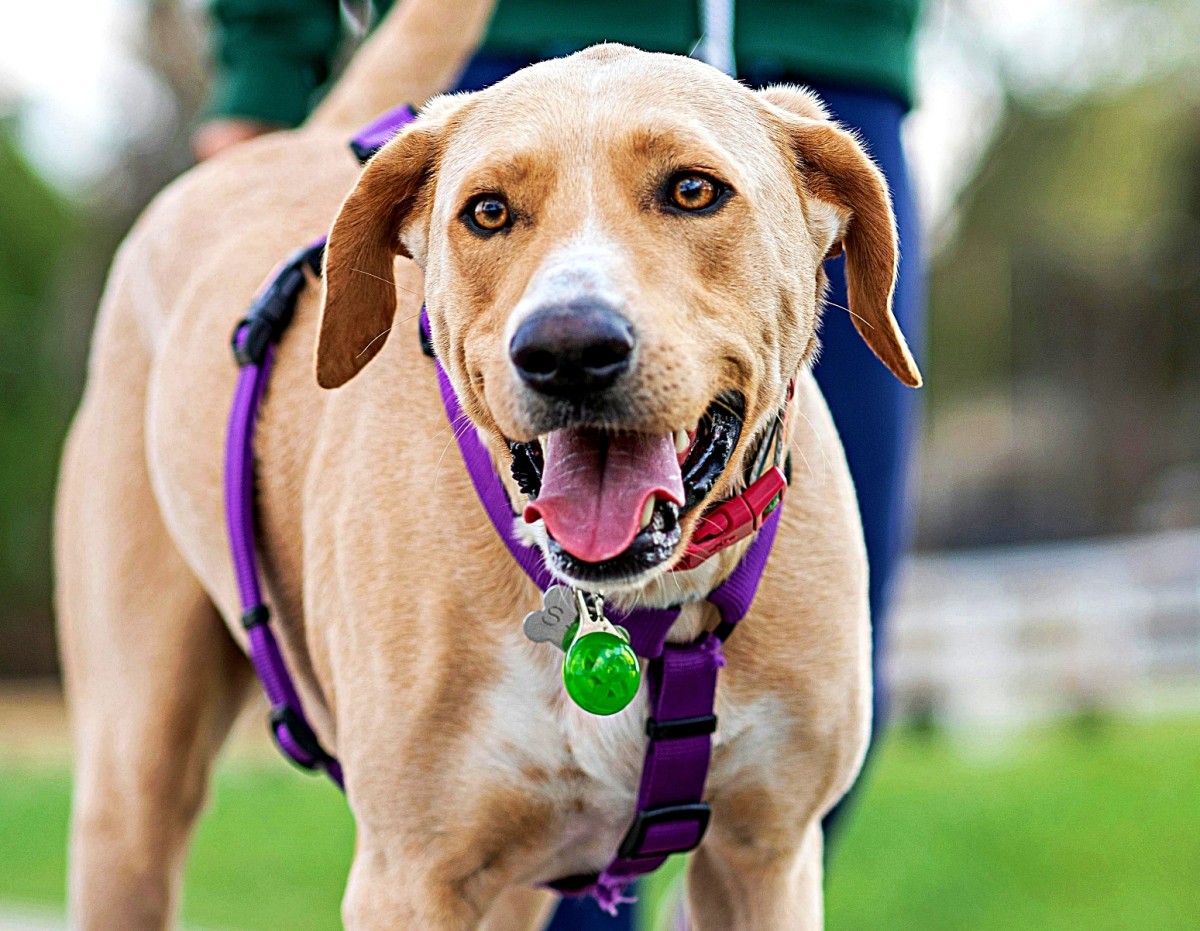Risks and Benefits of Microchipping Dogs
Is your dog protected in case it runs away?

Every year, hundreds of dogs are lost and often such pets end up being lonely in shelters and never reunited with their owners. While many lost dogs wear some form of id tags attached to their collars it is unfortunate to learn that it really does not take much for a collar to slip off or a tag to become unreadable. Yet, these lonely pets could have been given a chance to see their beloved owners again if only they had a small microchip embedded right under the surface of their skin.
A microchip is a very tiny computer chip about the size of a grain of rice which is implanted under the dog's skin with a needle. The injection is very similar to a regular shot, however, the gauge of the needle is slightly thicker.
There have been lately some rumors of microchips potentially causing dogs to develop cancer around the microchip injection site. These rumors derive from studies of mice getting cancer after being micro-chipped with malignant tumors encasing the implant. As alarming as this may sound, however, according to reports by veterinarians, it appears that the incidence of dogs developing such sarcomas are very low.
It is never a bad idea however, to check routinely the injection site for suspicious lumps. Because microchips tend to move about, the skin from one elbow to the the other over the dog's back should be inspected.
The great thing about microchips is that they will last for the lifetime of the pet. There is no need for them to be replaced as most last an average of at least 25 years.
While years ago, each microchip manufacturing plant developed their own scanners to read microchips causing shelters and vet offices to have to use multiple types until the information was readable, today this issue had been solved with the development of a universal scanner. This allows to read all microchips efficiently and with accuracy helping to track down owners easily using just one type of scanner.
While microchips work wonders in reuniting dogs to their owners, it is still advisable to have your dog wear its ID tags. The reason for this is that anybody that finds your dog may be able to track you down quickly and possibly return your dog immediately. Without an ID tag, your dog will have to be taken to a shelter or vet hospital so the microchip can be detected. Some people may not even take the effort to do this or may not even know about dogs having microchips in the first place, so they may decide to take over ownership and adopt your dog because they assume he or she is homeless








